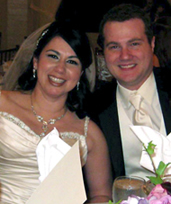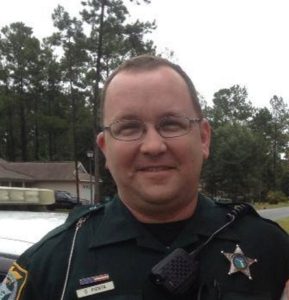Police Pursuits Used for Entertainment
by David Pienta (below), Florida Law Enforcement
 Law enforcement activity as entertainment started when COPS first aired in the early 1990s. Now we have Live PD, Police Women of Dallas, PD Cam… Every time there is a law enforcement pursuit it seems if there is a news helicopter in the area, it is not only filming the pursuit for the news, they are doing live broadcasts to TV as well as the web.
Law enforcement activity as entertainment started when COPS first aired in the early 1990s. Now we have Live PD, Police Women of Dallas, PD Cam… Every time there is a law enforcement pursuit it seems if there is a news helicopter in the area, it is not only filming the pursuit for the news, they are doing live broadcasts to TV as well as the web.
The public now sees pursuits as entertainment rather than bringing a suspect to justice. The public views it as a game of cat and mouse. All the while, no one watches the pursuit thinking about the danger posed to the public as well as all of those involved. No one stops to think about why is the suspect being chased in the first place.
As if all of that was not enough, the entertainment of pursuits has come full circle, as a company in Las Vegas is now offering law enforcement pursuits as entertainment, allowing you to take part. With this company in place, pursuits are now fully glamorized.
 Law enforcement has taken the stance of not using the name of active shooters as much as possible, to not give them the attention they desire.
Law enforcement has taken the stance of not using the name of active shooters as much as possible, to not give them the attention they desire.
Why can we not do the same for pursuits? Why air them? Why allow people to experience “the thrill” of them? All we are doing is promoting a deadly activity.
During this “entertainment”, I am willing to bet there is zero talk of the risks to the public or to anyone involved.
Let’s stop glorifying pursuits.
According to Las Vegas Now (see image above), the attraction allows people to participate in a simulated vehicle pursuit just a few miles from the Las Vegas Strip. Image courtesy of Police Chase Las Vegas. PursuitSAFETY expresses its condemnation of this type of entertainment that encourages people to commit a crime that kills and injures innocent bystanders and police officers every day.
Published December 4, 2018






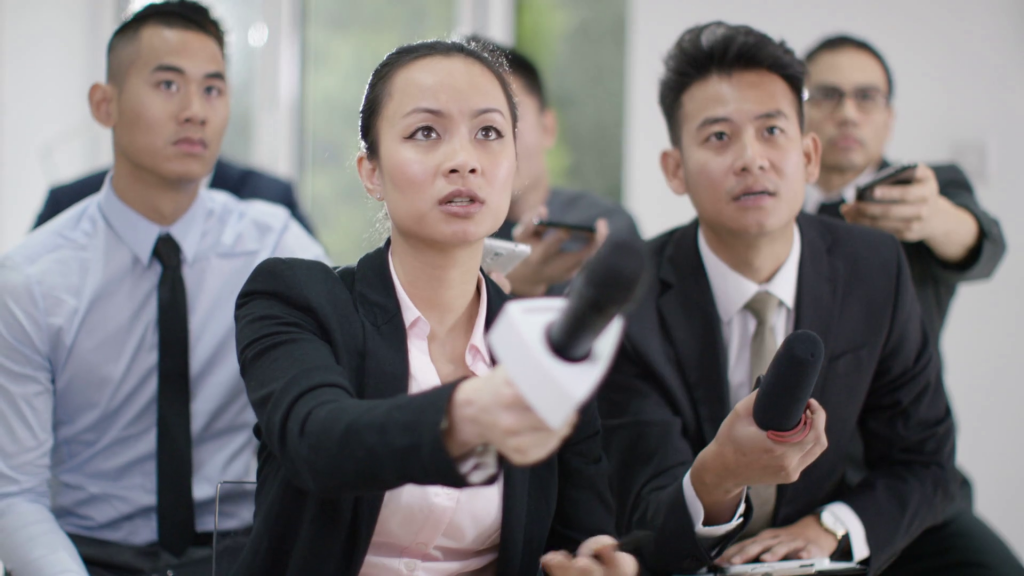
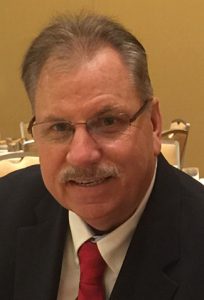
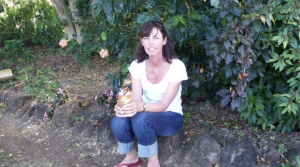
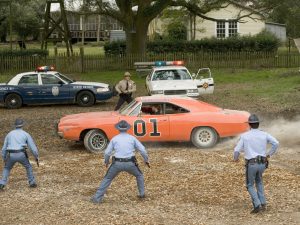
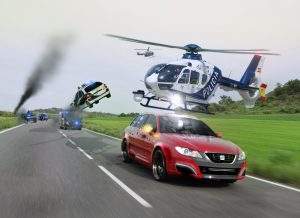 -Savannah McIntosh
-Savannah McIntosh

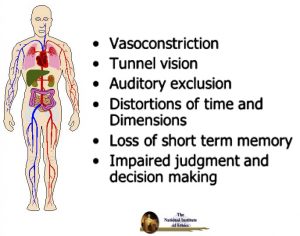 I remember the first time I had someone run from me on a traffic stop. I was still a rookie. I was partnered up with a full-time deputy, waiting for my FTO training to begin formally. It was a clear night. My partner was driving.
The department’s chase policy was not to chase unless the driver had or was committing a forcible felony.
We did what we would always do, use our overhead lights to indicate a stop. However, this stretch of road was not conducive to traffic stops, as there were limited spots a vehicle could pull over. This time, rather than pull onto a side street, the car driven by the suspect pulled perpendicular across the side road. This blocked the side street and made us stop nearly in the middle of the 2-lane highway.
The stop was called out on the radio per protocol. As my partner walked up to the driver side of the car, he informed he was going to ask the driver to reposition his car to get us off the road, and he wanted me to move our squad car behind the suspect’s car. I was making my way behind our car when the suspect took off from the stop.
I felt like I was running in slow motion trying to get back to my passenger door and get in the car. I got in, and my partner hit the gas. Before I knew it, we were nearing speeds of 100 MPH trying to catch up to the suspect, lights on. Being a rookie, with my adrenaline not as high as my partner’s, I knew we were not allowed to chase by policy. However, my partner had taken the radio mic from me to prevent me from calling it out.
I used my handheld mic and called out the pursuit, the description, direction of travel and speed. The shift supervisor called off the pursuit, much to the displeasure of my partner. He pulled over, beat the steering wheel while cussing up a storm. He stopped the car, kicked the tires a few times. My partner then told me he needed me to drive because he was too upset that the car and driver got away.
I remember the first time I had someone run from me on a traffic stop. I was still a rookie. I was partnered up with a full-time deputy, waiting for my FTO training to begin formally. It was a clear night. My partner was driving.
The department’s chase policy was not to chase unless the driver had or was committing a forcible felony.
We did what we would always do, use our overhead lights to indicate a stop. However, this stretch of road was not conducive to traffic stops, as there were limited spots a vehicle could pull over. This time, rather than pull onto a side street, the car driven by the suspect pulled perpendicular across the side road. This blocked the side street and made us stop nearly in the middle of the 2-lane highway.
The stop was called out on the radio per protocol. As my partner walked up to the driver side of the car, he informed he was going to ask the driver to reposition his car to get us off the road, and he wanted me to move our squad car behind the suspect’s car. I was making my way behind our car when the suspect took off from the stop.
I felt like I was running in slow motion trying to get back to my passenger door and get in the car. I got in, and my partner hit the gas. Before I knew it, we were nearing speeds of 100 MPH trying to catch up to the suspect, lights on. Being a rookie, with my adrenaline not as high as my partner’s, I knew we were not allowed to chase by policy. However, my partner had taken the radio mic from me to prevent me from calling it out.
I used my handheld mic and called out the pursuit, the description, direction of travel and speed. The shift supervisor called off the pursuit, much to the displeasure of my partner. He pulled over, beat the steering wheel while cussing up a storm. He stopped the car, kicked the tires a few times. My partner then told me he needed me to drive because he was too upset that the car and driver got away.
